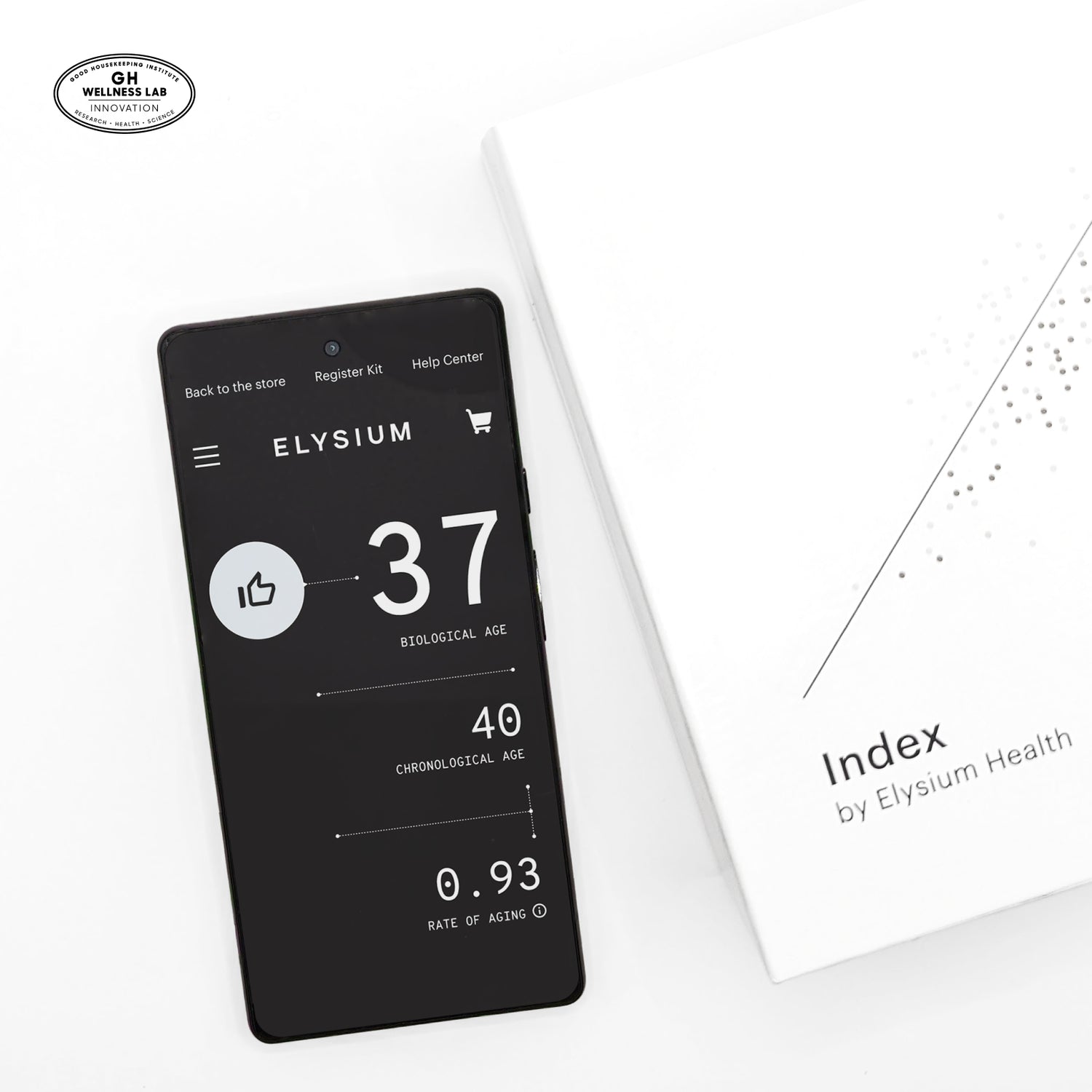Key Takeaways:
-
Omega-3s are “essential fats,” meaning humans need them to function, but we can’t produce them on our own. They are especially critical to the function of the brain and cardiovascular system.
-
There are three main types of omega-3 fatty acids: ALA, EPA, and DHA. While ALA is found in many foods, including vegetable oils, nuts, and leafy greens, EPA and DHA are mainly found in fish and dietary supplements.
-
While the recommended amount of ALA consumption is achievable through diet, most Americans do not consume enough EPA and DHA. Eating two portions of fish per week is recommended, and supplements can be used to increase intake.
Recommended Product:
-
Matter: Contains next-generation EPA and DHA omega-3s in powder form that are 4x more readily absorbed than standard fish oils. Matter combines omega-3s with an Oxford-developed B-vitamin complex clinically proven to slow brain atrophy associated with mild memory concerns.
Fat has been making a comeback in the American diet since it was vilified at the end of the 20th century. Now we know better: The body needs fat for everything from creating energy to absorbing vitamins and minerals to building cell membranes — but not all dietary fats are created equal.
Trans fats like margarine, shortening, and partially hydrogenated oils? Practically poison.
Saturated fats from red meat, dairy, coconut oil? Enjoy in limited quantities.
Mono- and polyunsaturated fats from olive oil, nuts, avocados, and fatty fish? Scientists and doctors generally regard these as “good fats,” an essential component of a healthy diet. One category of polyunsaturated fats is especially important: omega-3 fatty acids.
Here’s a guide to what they are, why we need them, and how you can make sure you’re getting enough of them.
Saturated Versus Unsaturated Fats

Space-filling diagram of saturated fatty acid.
Omega-3s are a type of polyunsaturated fat. To understand what that means, let’s take a quick look at the biochemistry of fats.
Fat molecules are triglycerides, meaning they consist of three chains of fatty acids connected by a glycerol “backbone.” On the molecular level, saturated fats have the maximum number of hydrogen atoms attached to each carbon atom (hence, “saturated”); in mono- and polyunsaturated fats, some of the carbon atoms are connected by a double bond and there are fewer hydrogen atoms per carbon (hence, “unsaturated”).

A double carbon bond in an unsaturated fatty acid.
There are three main types of omega-3 fatty acids:
Alpha-Linolenic Acid (ALA)
ALA is a shorter-chain fatty acid found in many foods, including vegetable oils, nuts, leafy greens, and the fat of grass-fed animals. ALA can be converted by the body into EPA and DHA, but the process is inefficient.
Eicosapentaenoic Acid (EPA) and Docosahexaenoic Acid (DHA)
EPA and DHA are long-chain fatty acids found mainly in fish and in dietary supplements
Omega-3s are considered “essential fats,” which means humans need them to function, but we can’t produce them on our own. Omega-3s have a number of important roles in the body. They help provide energy, they’re an important part of cell membranes, and they act as signaling molecules. Scientific studies suggest that they are especially critical to the function of the brain and cardiovascular system.
How do you know if you’re getting a sufficient amount of omega-3s?
The recommended amount of ALA consumption per day is 1.6g for men and 1.1g for women, and data from the National Health and Nutrition Examination Survey (NHANES) suggests that adults and children in the U.S. get plenty of ALA from their diet. While there is no official recommended daily allowance of EPA and DHA, the Dietary Guidelines for Americans recommends eating two portions of fish each week — something that 80% of Americans do not get.
If you want to keep an eye on your omega-3 intake, consider your everyday diet and supplement regimen. Incorporate foods from this list into your meals and take a supplement from a high-quality brand with third-party validation (for example, NSF Certified for Sport) if you’re not getting enough — a decision best made in collaboration with your healthcare practitioner. You’ll also find foods like eggs, milk, and yogurt at the supermarket that have been fortified with omega-3s.
ALA Foods
Flaxseeds, chia seeds, hemp seeds, pumpkin seeds, walnuts Canola oil, soybean oil, walnut oil Brussels sprouts, kale, spinach, broccoli, cauliflower
EPA and DHA Foods
Mackerel, salmon, herring, oysters, sardines, anchovies, trout, seaweed (e.g., nori)
Fearing fat is an artifact of the past. Thanks to science, we now know what separates good fats from bad, so we can get plenty of the good ones like omega-3s from a diet rich in healthy oils, nuts and seeds, green vegetables, and fatty fish, with a little help from supplements if we’re not getting enough. As more studies emerge about the benefits of omega-3s, we’ll continue to understand how they contribute to a healthy life.
Get Elysium news, subscriber-only product offers, and a monthly digest of new research in the field of aging. Sign up for our newsletter.




